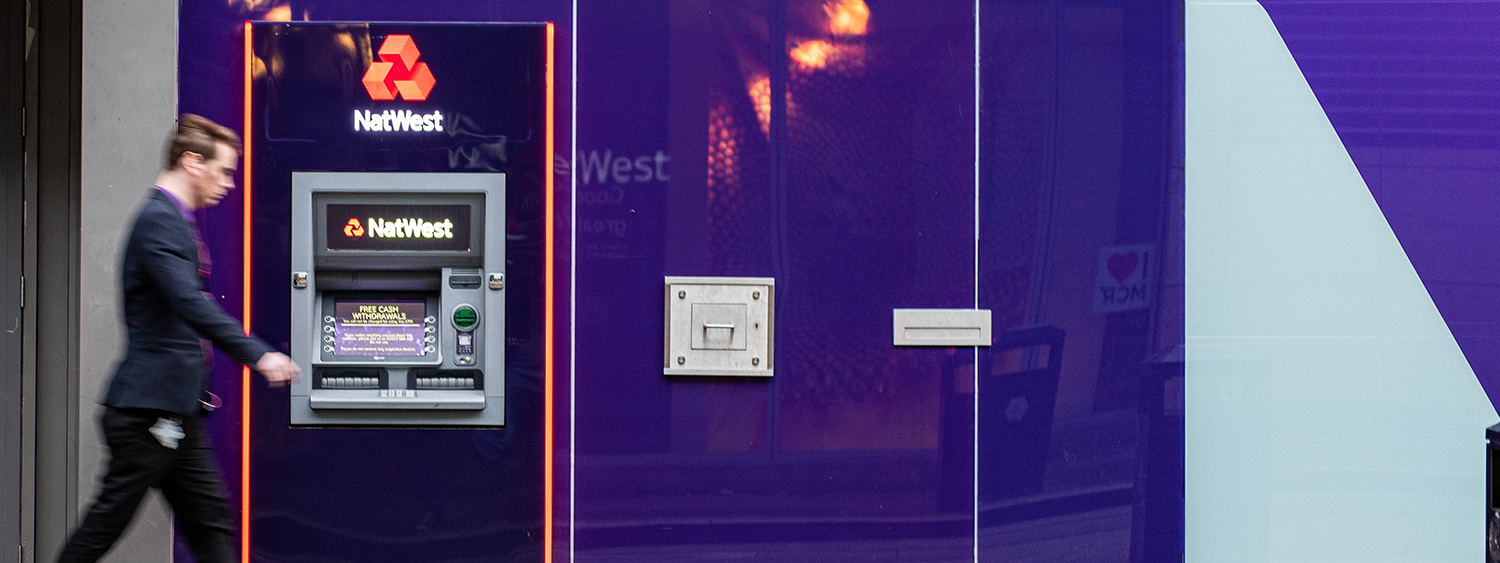It may not be easy to teach a child the basics of banking and saving – but some financial institutions are working hard to help young people develop financial literacy that becomes so crucial later in life.
The easiest way to teach financial literacy to children is to give them lessons, either in a classroom with playful equipment or in bank branches. Entertainment is also a very effective form of learning: live shows and video programs entertain children by teaching them the basics of finance. Many banks now offer a combination of face-to-face and distance learning.
Teaching and entertaining are good, but allowing children to experiment is even better. Experiments are used to invite children to bank within their school or play area. Sometimes some of these children even step on the other side of the counter and take on the role of banker. Finally, it's impossible not to mention video games that allow children to take on the role of a character who will have to make financial choices to get ahead.
Let's take a closer look at what banks around the world have done to educate the younger generation.









